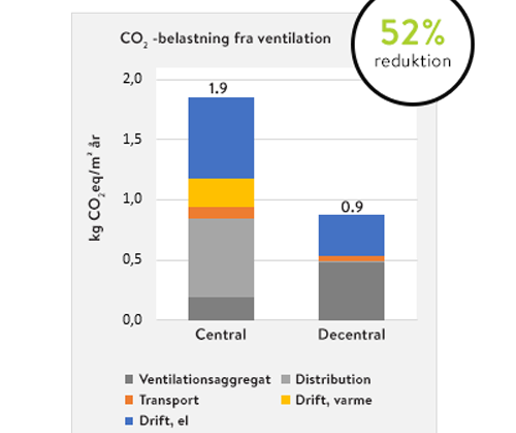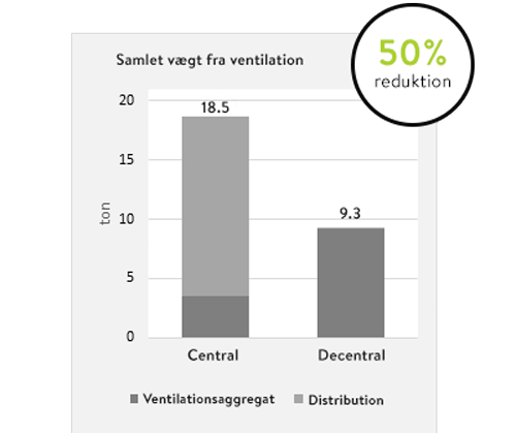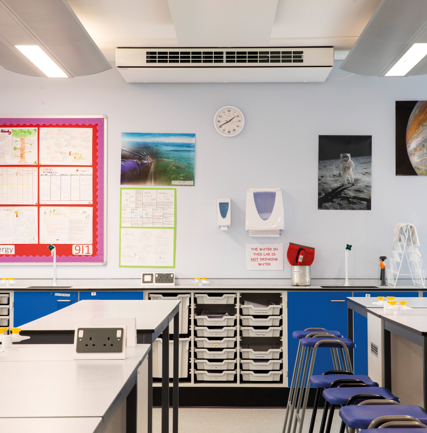Purpose of the LCA analysis

Purpose of the LCA analysis
The construction industry is behind a considerable amount of the worlds gathered climate impact, which is why there has been a sharpened focus on reducing the CO2-emission, especially from building materials and operating energy.
To contribute to this matter, Airmaster has developed a LCA analysis based on a decentralized ventilation solution and a centralized ventilation solution in a specific renovation-case of a school.
The LCA analysis is completed by the Danish consulting engineering firm Artelia on behalf of Airmaster.
If you wish to receive the full report by mail, please contact our export sales team:
Claus Pasgaard: cp@airmaster.dk
Anders Eskildsen: aes@airmaster.d






